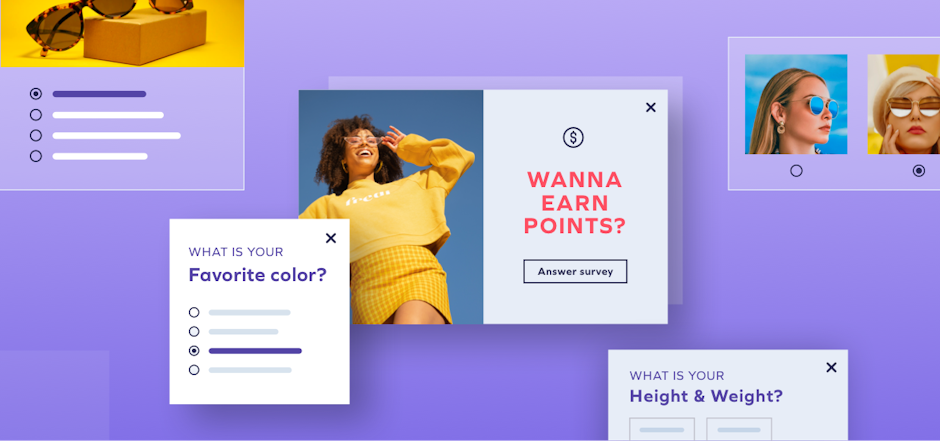Loyalty programs are the key to unlocking zero-party data
E-commerce is facing a new digital landscape, as we move ever closer to a post-cookie world

At Yotpo, we recently surveyed the direct-to-consumer (D2C) brands we work with to see how they planned to deal with this shift, and most said they don’t know. They understand that they need to find viable alternatives for data collection and audience targeting — they just haven’t identified what those alternatives actually are.
That picture may seem bleak, but there is a solution: zero-party data. And the best way to collect and leverage it is through a loyalty program.
Why zero-party data matters
Third-party data is fading away, and with it, effective targeted advertising. That signals a win for shoppers, who don’t want to be on the receiving end of more ads. In fact, according to research by Ofcom, just 13% of UK consumers said they were happy to share their personal data in exchange for more relevant advertising.
That leaves brands with two other options for analytics: first- and zero-party data. Although the two terms are often used interchangeably, they couldn’t be more different. First party data is acquired through a brand’s owned interactions with customers — purchase history, demographics, and website activity, to name just a few. Zero-party data is that which is given to a brand by a customer voluntarily. And it’s where the deep, actionable insights lie.
Brands need to deliver value to customers
If brands want to collect zero-party data, they need to be transparent about how it will be used, and deliver something that the customer wants in exchange for it. That’s where loyalty programs come in.
Yotpo’s 2021 UK consumer survey showed how customers feel about loyalty programs and overall brand loyalty. Here are the highlights:
- 67.3% said they’d join the loyalty or VIP program of a brand they’re loyal to, while 50.9% said they’d spend more on a brand they’re loyal to even if cheaper options existed elsewhere.
- When asked what they wanted out of a loyalty program, 56.0% of respondents said they wanted “early access to sales” and 46.0% said “early access to new products.”
Consumers want loyalty programs, and they want perks that go beyond your standard points-for-purchases and discount offers. In exchange, they’ll offer access to their data. Loyalty is a win-win for brands and consumers — brands get data that they can then use for personalization, and customers get rewards along with a better, more personal experience.
How brands are using loyalty to incentivize zero-party data
For brands looking to collect zero-party data through a loyalty program, there are great examples out there of brands who are already doing it successfully. Two noteworthy ones utilizing different strategies are Mizzen + Main and Dr. Dennis Gross Skincare.
Menswear brand Mizzen + Main offers an interactive Style & Fit Quiz in exchange for loyalty points. By offering bonus loyalty points to users who take it, they are able to collect information on a customer’s weekly activities, lifestyle, height, weight, and fit and color preferences. They then use that information to create personalized user experiences across every touchpoint with the brand, from on-site personalization to product recommendations through marketing channels.
As a category, skincare is inherently personal, which makes it harder for customers to find the right products. Dr. Dennis Gross Skincare offers a hefty amount of loyalty points for members who complete a Peel Quiz, which collect data on a user’s skin type, skin concerns, and past product experiences. They then use these data points to offer personalized product recommendations. Not only are customers more likely to purchase products selected just for them, they’re much more likely to be pleased with their purchases than if they had blindly chosen products themselves.
Unlock zero-party data with loyalty
In a post-cookie world, the relationships between brands and their customers are going to be what matters. Brands will have to double down on retention as acquisition becomes more and more cost-prohibitive. That means creating a true value exchange with customers, where they freely offer their data for more personalized, meaningful experiences.
Loyalty programs are the solution to the crumbling cookie. Brands can also incentivize referrals through a loyalty program, to help combat the rising costs and falling effectiveness of advertising. Brands that are leveraging loyalty in a strategic way will be positioned to succeed no matter what the GDPR, Apple, and Google’s next moves are. Learn more about creating a loyalty program to engage existing customers and reach new ones at Yotpo.com.

